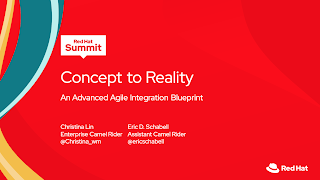Last week, a few of my very senior colleagues and I were remarking about how many new DevOps tools are emerging and how it’s getting harder and harder every day to keep track of them and where they fit into the world. I asked several of them where these tools — Ansible, Terraform, Salt, Chef, Bamboo, CloudFormation — fit in. Why would I use one versus the other? Are they even the same thing? Am I missing a major player? I got back the same blank stares/questions that I had. So, I thought I would do some research, read, and try to make sense of it for all of us so we could classify products into categories or uses to which we are all familiar.
Before we start to talk about DevOps tools and categories, let’s take a step back and discuss a few basic (but often overloaded) terms and what they mean.
Source de l’article sur DZONE











